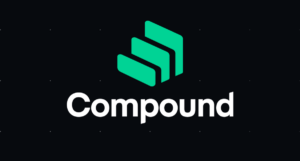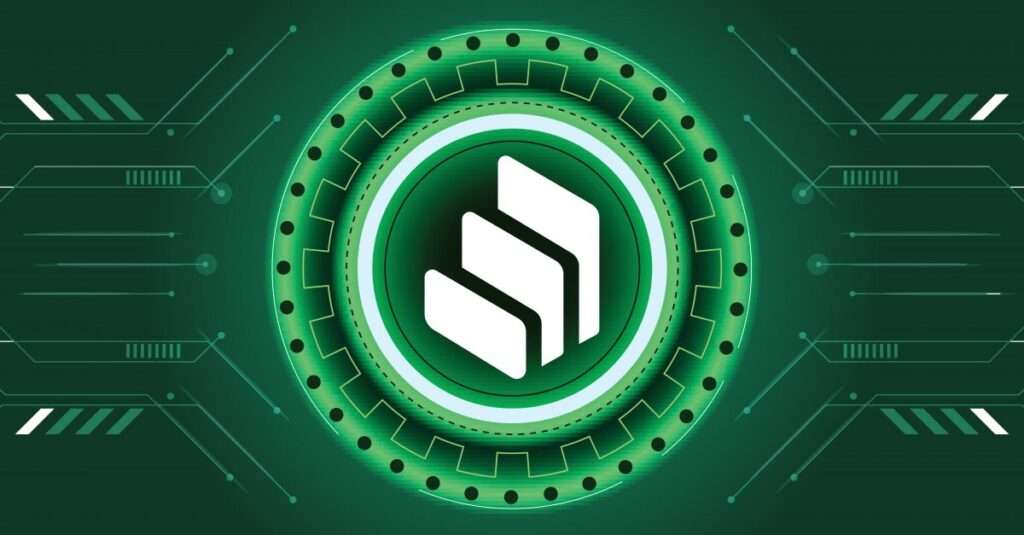Latest News
- Compound looks to emulate Uniswap with new foundation initiative
- COMP Price Nearly Rallies 100% Following Compound Foundation Announcement
- Here’s Why Compound (COMP) Price Is Up 70% Today
- Compound Founder Accused of COMP Sale: Token Skyrockets 85%
Current Price
The current price of COMP is $44.58653
Introduction
Compound (COMP) stands as a prominent player within the decentralized finance (DeFi) landscape, offering a sophisticated platform for lending and borrowing cryptocurrencies through algorithmically determined interest rates.
Since its inception in 2017 and the introduction of its governance token in 2020, Compound has attracted considerable attention for its potential to enhance liquidity and yield generation.
However, the protocol’s functionality is accompanied by notable risks, including asset volatility and regulatory challenges, which necessitate a careful examination of its mechanisms and future trajectory. Understanding these complexities is essential for participants in this evolving financial ecosystem.
Quick Overview
- Compound (COMP) is a decentralized finance protocol enabling users to lend and borrow cryptocurrencies with algorithmically determined interest rates.
- Users earn interest on supplied assets while participating in governance through the COMP token, influencing future developments.
- The platform operates on the Ethereum blockchain, utilizing smart contracts for transparency and security in transactions.
- Risks include asset volatility leading to potential liquidations and smart contract vulnerabilities, despite rigorous audits.
- The future of Compound hinges on regulatory compliance, innovation to remain competitive, and the overall health of the cryptocurrency market.
Overview of Compound (COMP)
Compound (COMP) is a decentralized finance (DeFi) protocol that allows users to lend and borrow cryptocurrencies in a trustless environment, utilizing smart contracts on the Ethereum blockchain. Launched in 2017, Compound has emerged as a leader in the DeFi space, with its governance token, COMP, introduced in 2020 to incentivize user participation and decision-making within the protocol.
The platform facilitates the creation of liquidity pools, where lenders can deposit their crypto assets and earn interest, while borrowers can access these assets by providing collateral. This mechanism promotes a self-sustaining ecosystem, where interest rates are algorithmically determined based on supply and demand dynamics. Compound supports a variety of cryptocurrencies, enhancing its appeal for diverse users.
As of October 2023, Compound has processed billions of dollars in transactions, illustrating its significant role in the DeFi landscape. With an active community and robust governance model, users can propose and vote on changes to the protocol, ensuring that it remains adaptable to market conditions.
The protocol’s transparency, efficiency, and user-centric approach have solidified its status as a foundational component of the decentralized financial ecosystem.

How Compound Works
How does the Compound protocol facilitate lending and borrowing in a decentralized manner?
Compound operates on the Ethereum blockchain, utilizing smart contracts to create a transparent and trustless environment for users to lend and borrow cryptocurrencies. Users can supply assets to the protocol, which are then pooled together, allowing borrowers to access liquidity based on their collateralized positions.
The protocol employs an algorithmic interest rate model, dynamically adjusting rates based on supply and demand for each asset. This mechanism guarantees that lenders are incentivized with competitive interest rates while borrowers pay rates reflective of the current market conditions.
Users earn COMP tokens as a reward for participating in the ecosystem, which can be further used to influence governance decisions.
Collateralization is a critical aspect of Compound’s functionality. Borrowers must provide collateral exceeding the loan amount, mitigating risk for lenders. If the value of the collateral falls below a certain threshold, the system executes liquidations to recover funds, guaranteeing the protocol remains solvent.
Key Features and Benefits
The Compound protocol offers a range of key features and benefits that enhance the user experience in decentralized finance (DeFi). One of its most significant attributes is the ability to earn interest on cryptocurrency holdings. By supplying assets to the Compound protocol, users can generate passive income, with interest rates algorithmically adjusted based on supply and demand dynamics.
Another critical feature is the liquidity pool model, which guarantees that users can borrow and lend assets without the need for intermediaries. This decentralized approach not only reduces transaction costs but also enhances the efficiency of capital allocation within the ecosystem.
Additionally, Compound supports a variety of assets, providing users with the flexibility to manage diverse cryptocurrency portfolios. The protocol’s governance model, enabled through the COMP token, allows users to participate in decision-making, fostering a community-driven environment.
Furthermore, Compound’s composability with other DeFi protocols enables seamless integration, allowing users to leverage multiple financial products and services.
Risks and Challenges
Engaging with the Compound protocol carries inherent risks and challenges that potential users must carefully consider. One significant risk stems from the volatility of cryptocurrency assets. Users lending or borrowing assets on the platform may experience substantial fluctuations in collateral value, leading to potential liquidation events if collateralization ratios fall below required thresholds.
Additionally, smart contract vulnerabilities pose a critical concern. Despite extensive audits, the possibility of bugs or exploits remains, which could result in the loss of funds. Users must also account for the complexity of the financial products offered, which may lead to misunderstandings about the terms and conditions of borrowing or lending.
Moreover, regulatory scrutiny is increasing in the decentralized finance (DeFi) sector. Changes in legislation could impact the operational framework of Compound, affecting user participation and liquidity.
Future Outlook for Compound
As the decentralized finance (DeFi) landscape evolves, the future outlook for Compound (COMP) hinges on several essential factors that could influence its growth and sustainability.
To begin with, regulatory developments are critical; as governments increasingly scrutinize DeFi protocols, compliance could either enhance legitimacy or pose significant operational hurdles for Compound. The platform’s ability to adapt to these regulations will be fundamental.
Additionally, the competitive landscape is intensifying. With numerous lending protocols emerging, Compound must differentiate itself through innovation, user experience, and attractive lending rates. Its current market position, bolstered by a strong community and governance model, offers a competitive edge, but sustained differentiation is necessary.
Furthermore, the overall health of the cryptocurrency market plays a significant role. A bullish market generally fosters increased participation in DeFi, while a bearish phase may hinder growth. The platform’s liquidity and user engagement metrics will be key indicators of its resilience in varying market conditions.
Lastly, advancements in technology, such as Layer 2 solutions, could enhance Compound’s efficiency and reduce transaction costs, further solidifying its position in the DeFi ecosystem.
Balancing these factors will determine Compound’s trajectory in the coming years.

Frequently Asked Questions
What Is the History of Compound’s Development and Launch?
The development of Compound involved iterative improvements in decentralized finance, culminating in its launch in September 2018. The platform aimed to enhance liquidity and yield generation, considerably influencing the broader DeFi ecosystem through innovative governance and lending mechanisms.
How Does Compound Compare to Other Defi Platforms?
When comparing decentralized finance platforms, factors such as liquidity, user adoption, governance models, and incentive structures are critical. Each platform offers unique features, impacting scalability, security, and overall user experience within the DeFi landscape.
What Wallets Support COMP Tokens?
Various wallets support COMP tokens, including MetaMask, Ledger, and Trust Wallet. These wallets facilitate secure storage and transactions of COMP, ensuring compatibility with Ethereum-based decentralized applications, which enhances user accessibility and engagement within the DeFi ecosystem.
Are There Any Notable Partnerships Involving Compound?
Notable partnerships involving Compound include collaborations with leading DeFi platforms and integrations with various wallets and exchanges. These alliances enhance liquidity, improve user accessibility, and contribute to the broader adoption of decentralized finance solutions.
How Can Users Contact Compound’s Support Team?
Users can contact Compound’s support team through their official website, typically via a dedicated support portal or email. Additionally, social media channels may provide alternative avenues for inquiries and assistance related to platform usage.
Wrapping Up
To conclude, Compound (COMP) exemplifies a significant advancement in decentralized finance, facilitating efficient lending and borrowing through algorithmically determined interest rates. Its governance token enhances user participation, while the protocol’s design promotes liquidity.
However, inherent risks such as asset volatility and regulatory scrutiny necessitate vigilant monitoring of market conditions.
The future trajectory of Compound will likely be influenced by ongoing innovations within the DeFi sector and the broader financial regulatory landscape, shaping its sustainability and growth potential.

